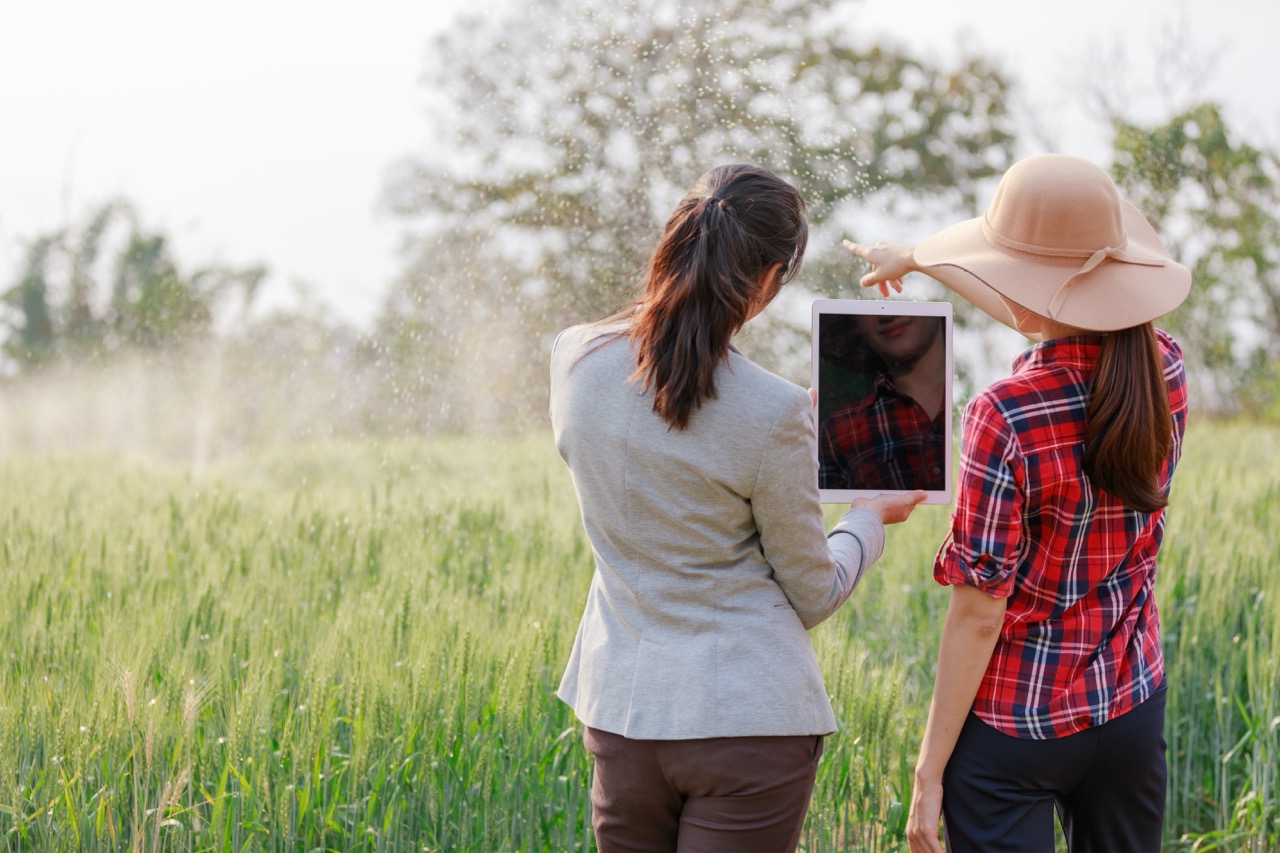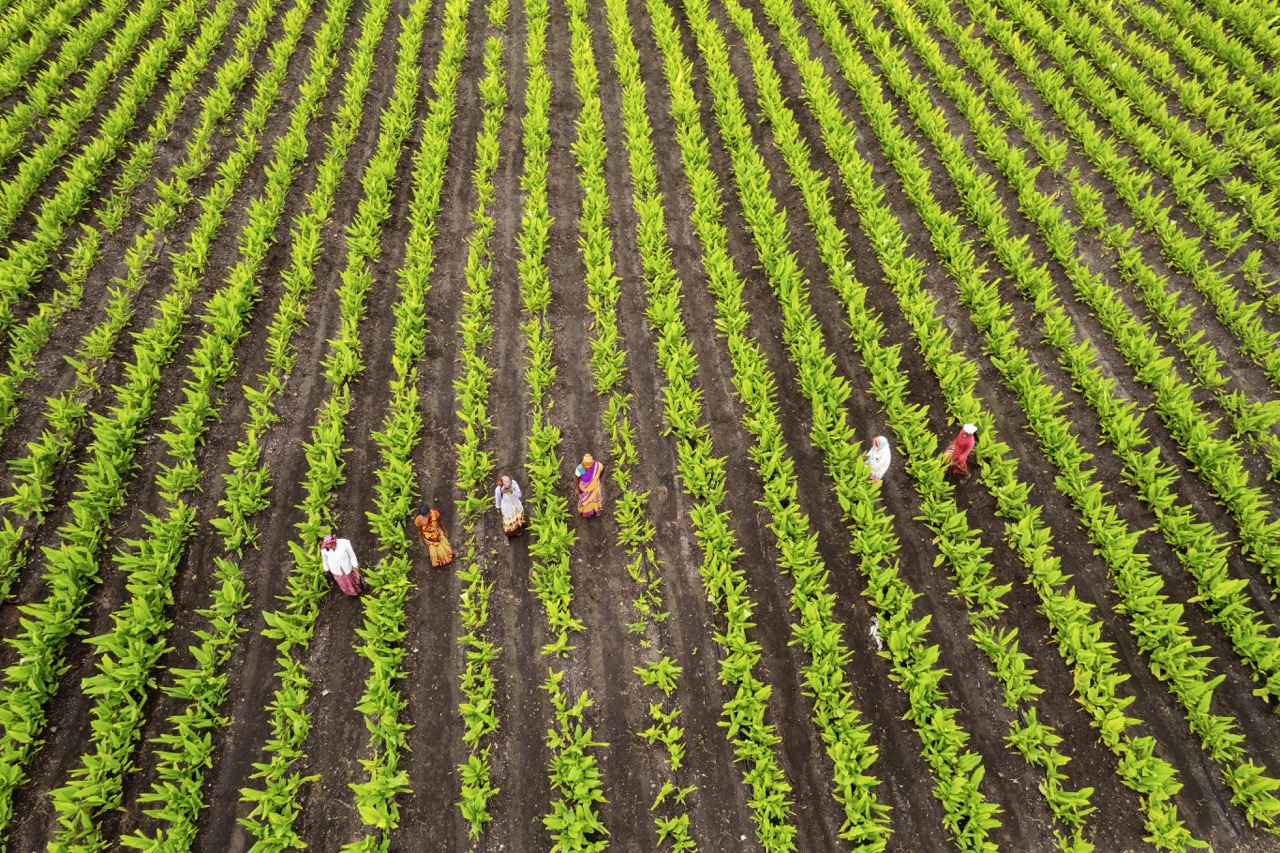Growing your own fruits and vegetables can be a rewarding endeavor, not only providing you with fresh produce but also an enriching connection to nature. Whether you are a seasoned gardener or a novice just starting, there are essential practices that can enhance your gardening experience. In this article, we will explore key steps to kickstart your garden, how to select the best plants for your environment, effective soil preparation techniques, and harvesting guidelines to ensure your produce is at its best.
Essential Steps to Start Your Own Fruit and Vegetable Garden
Starting a fruit and vegetable garden requires careful planning and consideration. First, choose a suitable location that receives ample sunlight—ideally, at least six hours of direct sunlight each day. Take into account factors such as proximity to water sources and the potential for wind exposure, as these can significantly impact your plants’ growth. After selecting the location, it’s crucial to outline the size of your garden. Beginners may want to start small to avoid feeling overwhelmed.
Once your site is determined, it’s time to gather your tools. Basic gardening tools such as trowels, spades, and watering cans are essential. Additionally, consider investing in a soil test kit to ensure you are aware of your soil’s pH and nutrient levels. This knowledge will guide you in making informed decisions regarding soil amendments and plant selection. Finally, set a planting schedule based on your local climate, as timing can influence the success of your crops.
As you embark on this journey, keep in mind the importance of patience and flexibility. Gardening is often a process of trial and error, and learning from mistakes can lead to greater success in future seasons. Documenting your experiences can also help track what works best for you, allowing for continuous improvement and enjoyment in your gardening practice.
Choosing the Right Plants for Your Climate and Space
Selecting the appropriate plants is crucial for a thriving garden. Begin by researching the climate in your area, as different fruits and vegetables thrive in different conditions. Consider the USDA Plant Hardiness Zone map to identify plants that are best suited for your regional climate. Opt for varieties that are known to grow well in your zone, which can increase your chances of success.
In addition to climate, take into account the space you have available. If you are limited on space, consider vertical gardening techniques or container gardening. Many vegetables, such as tomatoes and peppers, can thrive in pots, allowing you to maximize your harvest without requiring a large garden area. Herbs are also excellent candidates for container gardening and can be grown on windowsills or balconies, bringing fresh flavors to your kitchen without needing much space.
Finally, think about the plants’ growth habits and their compatibility with one another. Companion planting can deter pests and promote healthy growth. For example, planting basil next to tomatoes not only enhances the flavor of the tomatoes but also helps ward off harmful insects. By choosing compatible plants and considering your available space, you can create a flourishing and diverse garden.
Effective Techniques for Soil Preparation and Fertilization
Soil preparation is fundamental to the health of your garden. Start by clearing the area of any weeds or debris, which can compete for nutrients with your plants. Once the area is clear, loosen the soil to a depth of at least 12 inches using a spade or tiller. This will improve aeration and allow roots to penetrate easily. Additionally, mixing in organic matter such as compost can enrich the soil, improving its structure and nutrient content.
Testing your soil is also vital before planting. A soil test can reveal essential nutrient levels, pH balance, and organic matter content. Based on the results, you may need to amend your soil with fertilizers or natural amendments such as bone meal, blood meal, or green manure. Organic fertilizers are often preferred, as they provide gradual nutrient release and enhance soil health over time.
After planting, maintaining soil health is ongoing. Regularly adding organic matter and practicing crop rotation can help prevent nutrient depletion and reduce pest problems. Mulching around your plants can also conserve moisture and suppress weeds, further supporting the health of your garden. These techniques will create a fertile environment for your plants, fostering robust growth and productivity.
Harvesting Tips: When and How to Pick Your Produce
Knowing when to harvest your fruits and vegetables is critical for ensuring optimal flavor and quality. Each type of produce has its own signs of ripeness. For example, tomatoes should be fully colored and slightly soft to the touch, while cucumbers should be firm and glossy. A general rule of thumb is to harvest in the morning after the dew has dried, as this is when produce is typically crisp and full of moisture.
When it comes to harvesting, using the right technique is important to prevent damage to the plants. For fruits like apples and peaches, a gentle twist and lift will separate the fruit from the stem. Vegetables like carrots and beets should be pulled straight from the soil to avoid breaking. Always use clean, sharp tools to minimize injury to the plant and reduce the risk of disease transmission.
Finally, post-harvest care is essential for preserving your produce. Handle fruits and vegetables gently to avoid bruising and store them in a cool, dry place. Some produce, like tomatoes, should be left at room temperature to ripen, while others, such as greens, should be kept in the refrigerator. Proper storage can extend the life of your harvest, allowing you to enjoy the fruits of your labor for longer.
Growing your own fruits and vegetables can be both an enjoyable hobby and a sustainable way to improve your diet. By following the essential steps outlined in this article—from starting your garden and choosing the right plants, to preparing your soil and harvesting your produce—you can cultivate a successful and thriving garden. With patience, attention to detail, and a bit of nurturing, you will not only reap the rewards of fresh produce but also gain a deeper appreciation for the art of gardening. Happy gardening!










